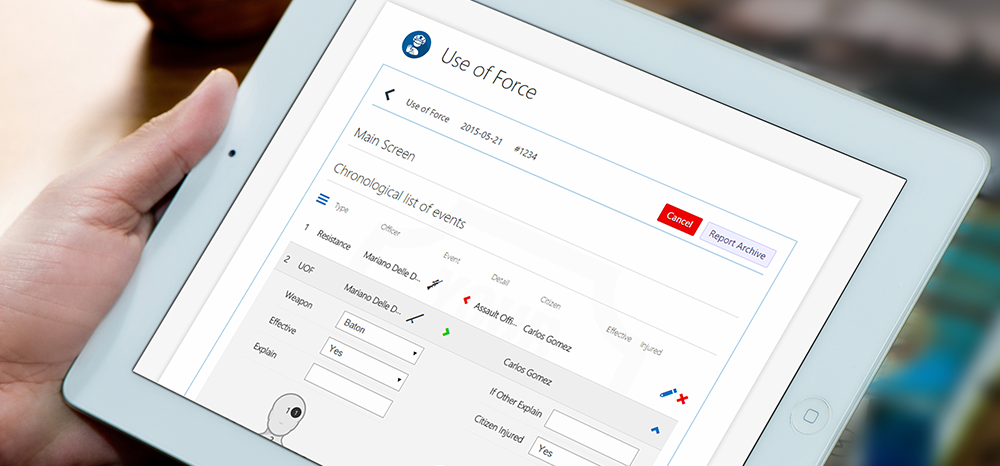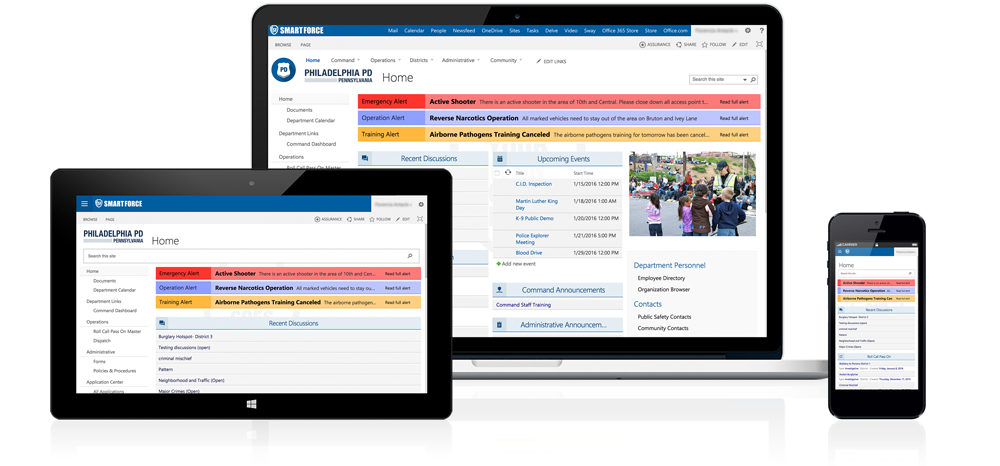
Crime Analysts across the nation are becoming the secret weapon to their organizations. Their crime products, whether the identification of a crime pattern, a problem area, or spotting repeat offenders, are helping organize and prioritize crime reduction responses as well as community policing efforts.
The correct crime strategy, the precise communication model, and the right tools, can drive increased efficiencies and results.
In this article we explore how a strategy of targeted-service can help a crime analyst and their teams responding to crime patterns, win more often.
First, if you have not read “Avoid Risks of Email when Sharing Crime Intelligence” stop now, click here, then come back and continue reading.
Policing Strategy Truths:
- Communication about crime prevention responses must be targeted
- Responses in policing must be “active.”
- Officers must collaborate in real-time with organized information
- Criminal intelligence must be communicated in a CJIS compliant environment, not through email
How can you provide your agency with targeted-service so it wins more?
Targeted-Service Strategy Defined
Reducing crime can be challenging when units and officers are operating in silos. Collaboration must occur, but mass distribution of intelligence products to the entire agency turns your hard work into white noise.
A targeted-service strategy knits together knowledge management and the right customer service.
By storing and managing all intelligence products in one place and directing intelligence information only to the people or units that need it, based on their roles and responsibilities, your intelligence products change from white noise to useful information that can create actionable responses to reduce crime.
For example, let’s say your analysis causes you to detect a home burglary pattern in Zone 4 which happens to be a zone assigned to the Problem Oriented Policing Unit. Instead of sending a mass e-mail of your pattern bulletin across the agency, it is better to use a CJIS compliant communication tool that not only directs your bulletin to only Zone 4 officers and the Problem Oriented Policing Unit, but also to property crimes, for them to design a collaborative response to eliminate this crime pattern.
How to Implement a Targeted-Service Strategy
- Understand from your command staff what top crimes are being targeted for reduction by your agency.
- Understand how your users currently respond to reduce crime during uncommitted time.
- Identify gaps that cause delays or slow responses during uncommitted time.
- Obtain executive sponsorship and inform users that you are implementing a targeted-service strategy with your crime intelligence products for the ideal purpose of increasing the efficiency and effectiveness or communicating and reducing specific types of crime.
- Measure the time from when your intelligence product is shared and when responses begin (aim is to decrease crime tool response time).
- Measure the time it takes for detectives and others to research intelligence (aim is to decrease crime intelligence research time).
- Measure the time to close-out incidents pertaining to your agency’s top targeted crimes.
- House intelligence products on one single platform with security and access granted only to those who should be acting on them. Publish the location of this information.
- Only share intelligence products pertaining to the top targeted crimes to the units, task forces, or persons who have direct responsibility for the response in their area. Ask assigned officers or units to share what they know about the area, situation, and data contained in your intelligence product, as well as their activities they conduct based on your intelligence product.
- Store all other intelligence products that do not pertain to your agency’s top targeted crimes in one central storage area that can be searched when needed.
The Right Tools
When investing in the best tools to drive today’s policing strategies for reducing crime and to communicate intelligence products, look for the following qualities:
- CJIS compliant web-based platform that can be hosted locally or on the cloud and accessed by mobile devices
- Organizes data, bulletins, photos, and video in a single site
- Deep search functionality using key words
- Assigns intelligence products to specific units, task forces, or officers
- Allows for collaboration between those assigned to communicate their response activities and results similar to social media posts
Data and demands on public safety are ever increasing which makes the crime analyst role more important and at the same time, more challenging. Implementing a targeted-service strategy and using the right tools, helps crime analysts and their agencies win more in their fight against crime.
About SmartForce™ by Adventos
SmartForce™ is the only CJIS compliant and mobile agency management system designed to account for uncommitted time and to drive current policing strategies. SmartForce™ also provides a single platform for integrating and automating all law enforcement administrative processes outside of CAD and RMS.
For more information, visit adventos.com and view a video demonstration of SmartForce™ today.






